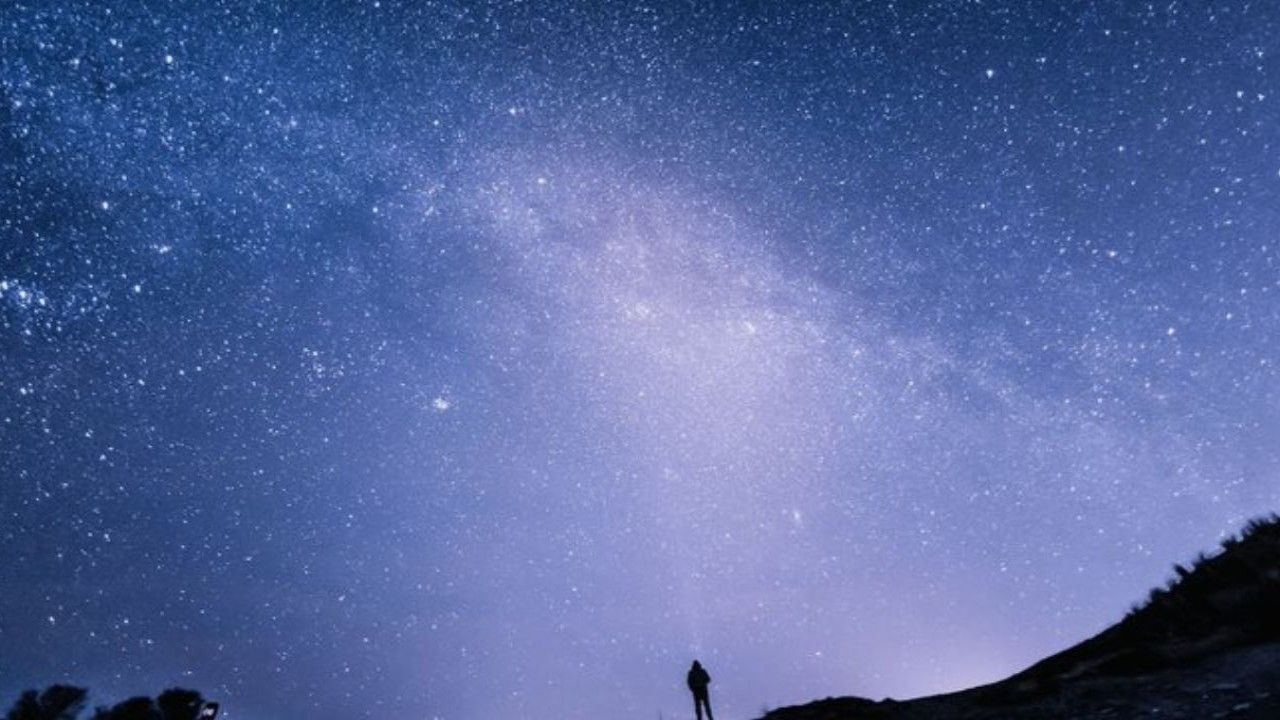Delta Aquariids and Perseid meteor showers to illuminate the sky simultaneously; Know when and where to watch the celestial event
Stargazers are set to witness two meteor showers Delta aquariids and perseid illuminating the sky this week. Know about when and where to watch it!

-
Delta aquariids meteor shower: When and Where to watch
-
Presteids meteor shower: When and Where to watch
-
When do meteor showers peak?
There is a unique chance for stargazers to see two significant meteor showers light up the night sky at once. In the days, there will be a breathtaking celestial display provided by the two showers. The meteor showers known as the Delta Aquariids and Presteids have been visible in the sky since July 18, and they will finally come together during this celestial event, which ends in August.
Delta aquariids meteor shower: When and Where to watch
The American Meteor Society reports that the Southern Delta Aquariids meteor shower will peak on July 30 at 15:16 UTC, but it has been occurring till late July. The best place to see this shower, which started on July 18 and will last until August 21, is in the southern sky, close to the constellation Aquarius. Skywatchers can witness the Southern Delta Aquariids, which are remarkable for their ability to produce a high frequency of meteors at their zenith.
When the Delta Aquariid meteor shower peaks, clear, dark, and unaffected by moonlight skies can reveal up to 20 meteors. The southern US and other parts of the southern hemisphere have the best views of it. Tuesday night will be the greatest time to see shooting stars in the UK, with the best visibility predicted an hour or two after midnight.
Presteids meteor shower: When and Where to watch
According to EarthSky.org, beginning on July 14, the Perseid meteor shower is expected to peak on the evenings of August 11, 12, and 13. One of the most amazing meteor showers in the night sky of the Northern Hemisphere, it is renowned for its brilliant and abundant meteor showers.
According to the USA Today article, the Perseids will radiate from the constellation Perseus, offering admirers of the sky a breathtaking sight. For those who glance up, the Perseids will create a stunning visual display as they radiate from the constellation Perseus.
When do meteor showers peak?
As Earth revolves around the sun, debris from a comet or asteroid trails behind it, creating meteor showers. As this material burns away in Earth's atmosphere, it leaves behind a brilliant stream of light. The debris can be as small as a grain of sand.
There is a little window of time when showers are at their peak; they might persist for days or weeks and happen at around the same time each year. Every year, the peaks of the two showers coincide because Earth passes through the cometary debris fields that give rise to the Alpha Capricornids and the Southern Delta Aquarids at roughly the same time.
ALSO READ: 4.9-magnitude earthquake shakes Southern California; residents on high alert





 JOIN OUR WHATSAPP CHANNEL
JOIN OUR WHATSAPP CHANNEL






















































